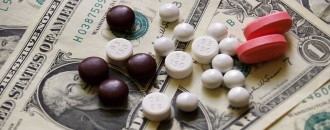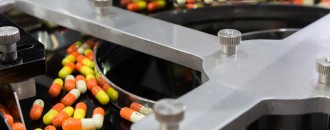
Pharma exports likely to dip in next 5 yrs: CRISIL
The Dollar Business Bureau
The growth of Indian pharmaceutical exports is likely to come down to 10-12% y-o-y during the next five years, when compared to the growth of 19% in the past ten years, as per CRISIL Research. Due to the decreasing value of off-patent drugs and increasing pressure on prices, the exports of generics have less impact on the growth of the pharma industry, it said.
According to CRISIL Research, Indian pharma companies must enhance their investments in new molecules for sustainable growth till 2020 and beyond. The domestic companies shall also prepare a roadmap related to the growth of lower generics. In the last 10 years, process chemistry skills have helped pharma companies to clone off-patent drugs by tweaking their molecules at affordable manufacturing cost.
Now, the competition has become severe for bigger players as the number of abbreviated new drug applications (ANDAs) filed has increased at the US Food and Drugs Administration (USFDA). Moreover, consolidation of the US distribution channels could bring down the pricing power of Indian drug manufacturers.
Ajay Srinivasan, Director, CRISIL Research said that domestic companies should focus sharply on innovation, research and development (R&D) to survive this intense competition. It is distressing to note that only 26 NDAs filed by Indian firms have been approved by the USFDA from January 2006 to June 2015, while 840 NDAs of international pharma companies have been given the go-ahead. Global generic players Teva and Mylan had received 48 and 33 NDAs respectively till February 2016.
Top 30 Indian pharma companies have started spending 6.5% of revenue on R&D in FY 2015 from 3.8% spent ten years ago. This is very little when compared to the leading international players spending roughly around 16% on R&D. A portion of the expenditure of the Indian pharma companies is meant for the launch of generic therapies, changing product mix in generics, and process development.
As per CRISIL analysis, over 14 companies have around 39 products in different stages of clinical development. These companies have adopted several approaches that include joint development, in-house development and out-licensing to manage the risk-return trade off. But, no company has introduced a new molecule in a regulated drug market like the US.






 to success.
to success.